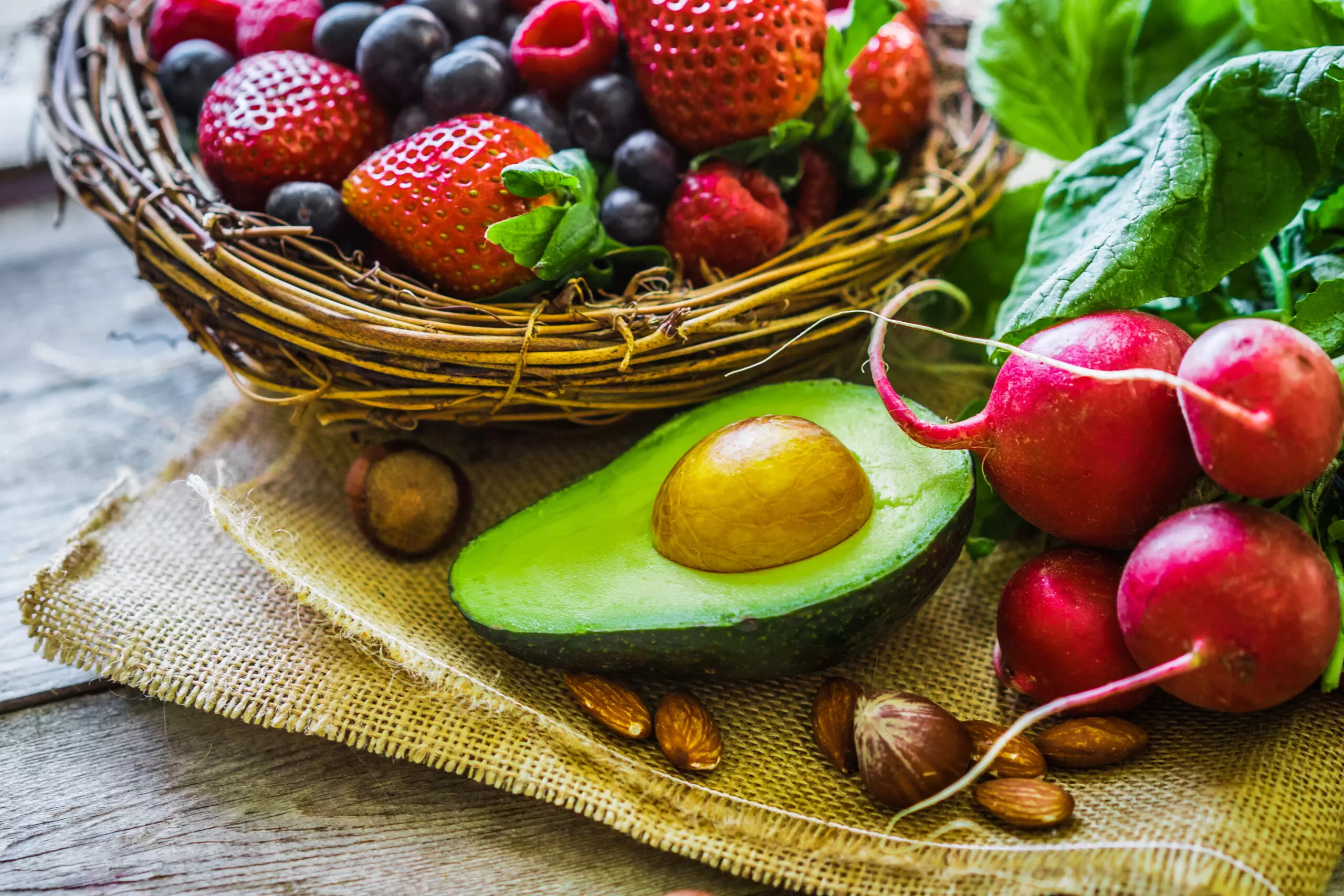
Everything You Need to Know About the Ketogenic Diet in One Place
Are you ready to take your health and wellness journey to the next level? If so, then it’s time to learn everything you need to know about the ketogenic diet. In this article, we will cover what the keto diet is, its benefits, how to start a keto meal plan, and common mistakes to avoid on a low-carb diet. Let’s get started!
What Is The Ketogenic Diet?
The ketogenic diet, also known as the keto diet, is a high-fat, moderate-protein, and low-carbohydrate diet that was originally developed in 1924 by Dr. Russell Wilder at the Mayo Clinic for treating epilepsy patients. Today, the keto diet has become popular among people who want to lose weight, improve their overall health, and reduce inflammation in their bodies.
Benefits Of The Keto Diet Plan
There are many potential benefits of following a keto diet plan, including:
weight loss: Many people report rapid weight loss when they first start the keto diet due to the fact that it puts your body into a state of ketosis, which causes you to burn fat instead of carbs for energy.
Improved blood sugar levels: The keto diet can help lower blood sugar levels and insulin resistance, making it an effective tool for managing type 2 diabetes.
Reduced inflammation: By eliminating processed foods and added sugars from your diet, the keto diet can help reduce systemic inflammation throughout your body.
Better brain function: Some studies suggest that the keto diet may improve cognitive function and memory, especially in older adults with mild cognitive impairment or Alzheimer’s disease.
How To Start A Keto Meal Plan
To start a keto meal plan, there are several steps you should follow:
Eliminate all grains, legumes, fruits (except berries), and root vegetables from your diet. These foods contain too many carbs to be included in a true keto diet.
Focus on eating whole, unprocessed foods such as meat, fish, eggs, nuts, seeds, avocado, and non-starchy veggies like leafy greens, broccoli, cauliflower, etc.
Use healthy fats liberally, including butter, coconut oil, olive oil, avocados, and animal fats like bacon drippings or lard.
Keep protein intake moderate, aiming for around 0.8 grams per pound of lean body mass.
Common Mistakes To Avoid On A Low-Carb Diet
While the keto diet can be incredibly beneficial for your health, there are some common mistakes that people make when starting out on a low-carb diet. Here are a few things to watch out for:
Not getting enough fiber: Since you’ll be cutting out most fruits and grains, it’s important to make sure you’re still getting enough fiber from sources like veggies and nuts.

Consuming too much dairy: While full-fat dairy products are allowed on the keto diet, consuming too much could lead to digestive issues or excess calorie consumption.
Overeating on keto-friendly foods: Just because something is “keto” doesn’t mean you can eat as much of it as you want. It’s still essential to practice portion control and listen to your hunger cues.
In conclusion, the ketogenic diet is a powerful tool for improving your health and losing weight. Whether you’re looking to manage chronic conditions like diabetes or simply want to feel better and more energized each day, the keto diet might just be the answer you’ve been searching for.